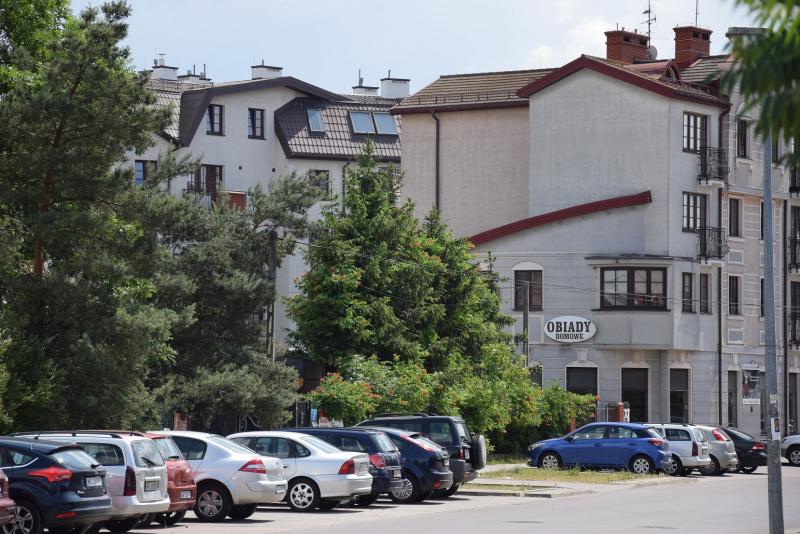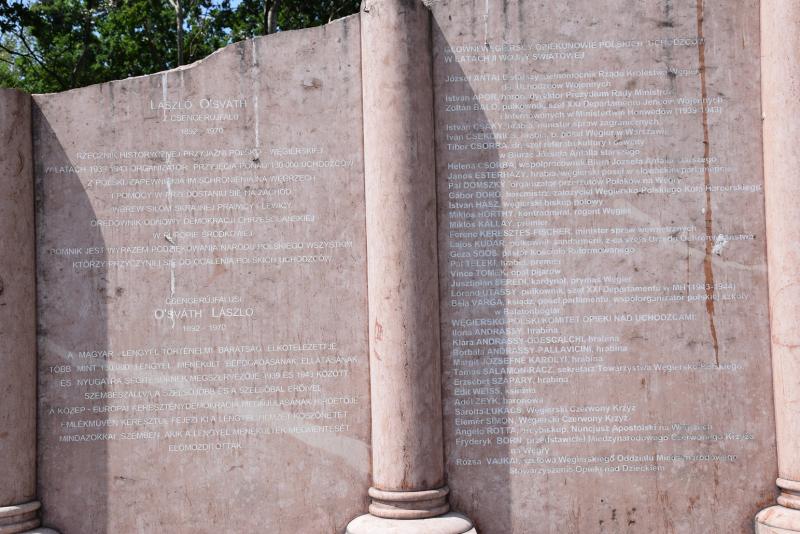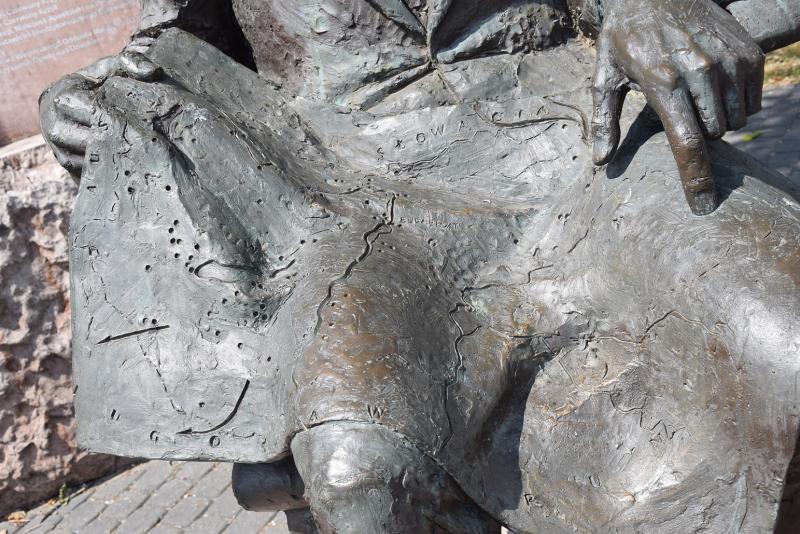
The history of Polish-Hungarian relations is a beautiful, almost unique example of friendship which has endured for 1000 years. The Warsaw district of Białołęka is a special place where, literally at every step, you can come across examples of this centuries-old friendship.
What does Białołęka have to do with Hungary? Why is Hungarian Day celebrated once a year in this part of Warsaw? Białołęka boasts a unique accumulation of memorial sites dedicated to Hungary. I have always been surprised by the fact that over the last few dozen years there has been such a lively sympathy for Hungarians among the inhabitants of Białołęka. Cultivating the memory of the Polish-Hungarian friendship was and is important for local authorities. These have been changing, but the soft spot when it comes to Hungarians remained constant, regardless of political affiliations. The fact that the Białołęka District signed a partnership agreement with the Budapest district of Budafok-Tétény is a telling sign of this sympathy. Within the framework of this agreement, youth exchanges and visits by local government delegations take place.
Hungarian sites of remembrance in Białołęka marked on the map of the district create a peculiar trail, which can be an interesting proposal for a hiking or cycling trip. Let's go on this trail! Our Hungarian adventure in Białołęka begins on ul. Józsefa Antalla, which honours the Hungarian Minister during the Second World War responsible for helping Polish refugees who arrived in Hungary after the September defeat. József Antall was nicknamed the "Father of Poles" for his deeds. At one end of the street there is a commemorative obelisk and at the other end there is a commemorative plaque.
Another site on the Hungarian route are the crossroads of two small residential streets, called the Hungarian Friends Square. The name in the place are not random. The streets intersecting here have Fr. Béla Varga and Henryk Sławik as their patrons. The former was an activist of the Hungarian anti-communist emigration. During World War II, Henryk Sławik, on the other hand, organized help for Polish refugees (including Jews) who found themselves in Hungary. He worked closely with József Antall. He was honoured with the title of Righteous Among the Nations for his efforts.
Right next to it, on ul. Myśliborska, stands the Church of the Blessed Virgin Mary, Mother of Beautiful Love, where there is a beautiful stained glass window of St. Stephen - the first king of Hungary. The stained-glass window shows St. Stephen receiving the crown, which to this day is the most important symbol of Hungary. We realize the significance of this symbol when we see the honours it is stored with under the great dome of the Hungarian Parliament. The stained-glass window also contains the Piast coat of arms of the White Eagle and the coat of arms of Hungary.
The Laszlo Osvatha roundabout is at the crossroads of Hanna Ordonówna and Strumykowa streets and next to the roundabout there is a monument to Osvatha himself. They commemorate the Hungarian Foreign Minister who helped Polish refugees during the Second World War. Minister Osvath is depicted sitting on a chair with a 1939 map of Hungary spread on his lap, which shows the places of refuge for Poles. In the background of the monument there is a fragment of a column wall made of red marble from Tardos, which resembles the interior of the Hungarian Parliament. The names of 27 Hungarians who helped Polish refugees and a biographical note from the life of Osvath are engraved on the wall.
The last unique place connected with Hungary is the historic building at ul. Modlińska at number 257. This very dilapidated building, whose revitalization is about to begin, hides a beautiful history from the Second World War. During the war, the Benedictine sisters ran a girls' shop and hid Jewish children in the building. When the front was approaching in 1944, the Hungarians stationed nearby helped the sisters evacuate the site by providing safe transport and protection. The memory of the presence of the Hungarian troops who were allies of Germany at that time and their kindness to the local people is still preserved in the hearts of the inhabitants to this day.
Such an accumulation of Hungarian footprints in one place makes it possible to say that Białołęka is a "Hungarian corner" on the map of Warsaw. This fact also became a pretext for organizing the Hungarian Day in Białołęka for three years now. The next Hungarian Day in Białołęka will take place in October this year.




Piotr Oracz
Councillor of the Białołęka District
Co-organizer of the Hungarian Day in Białołęka
